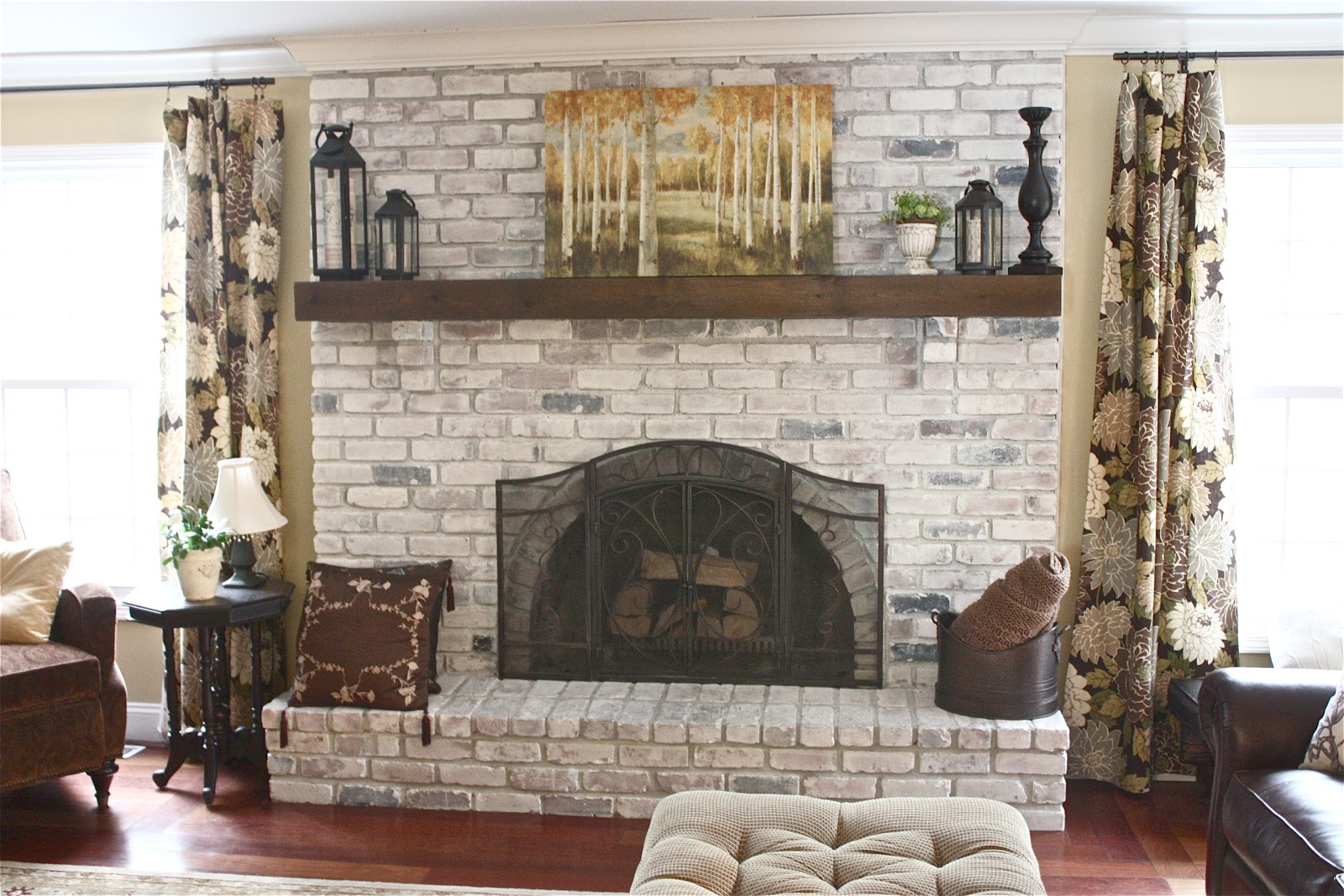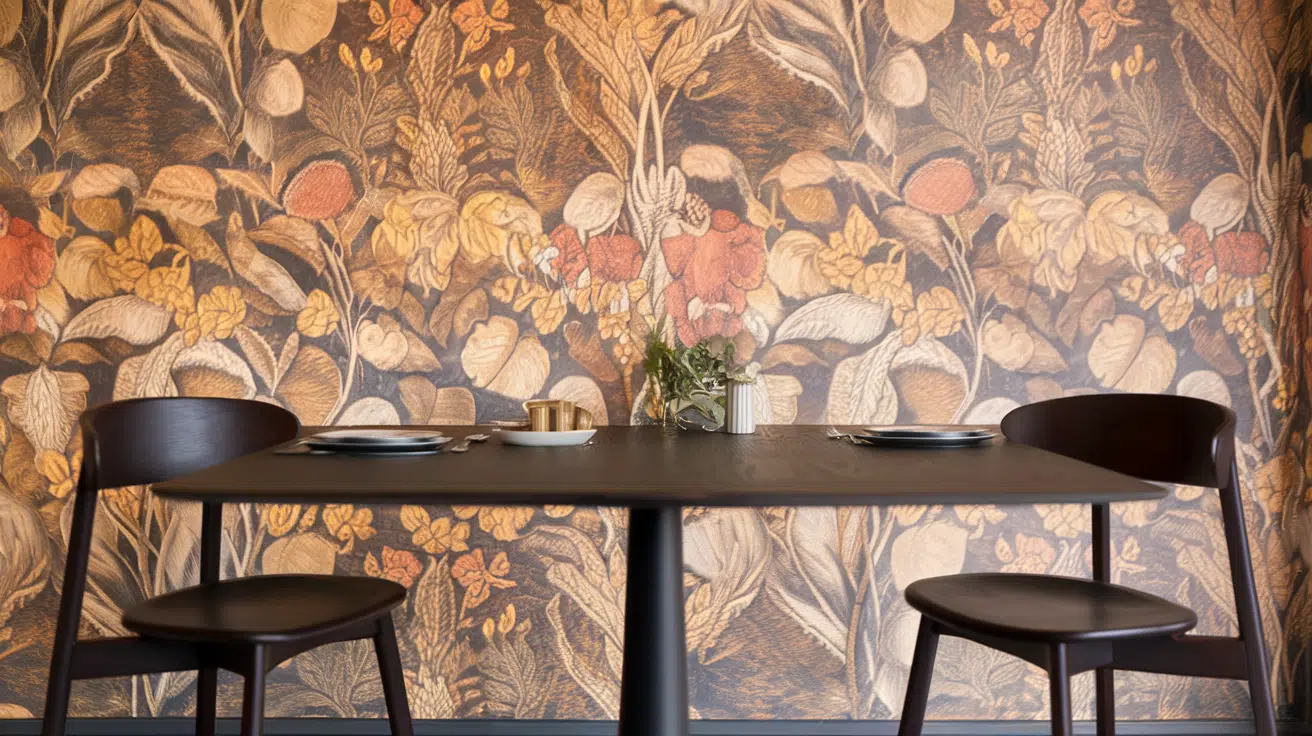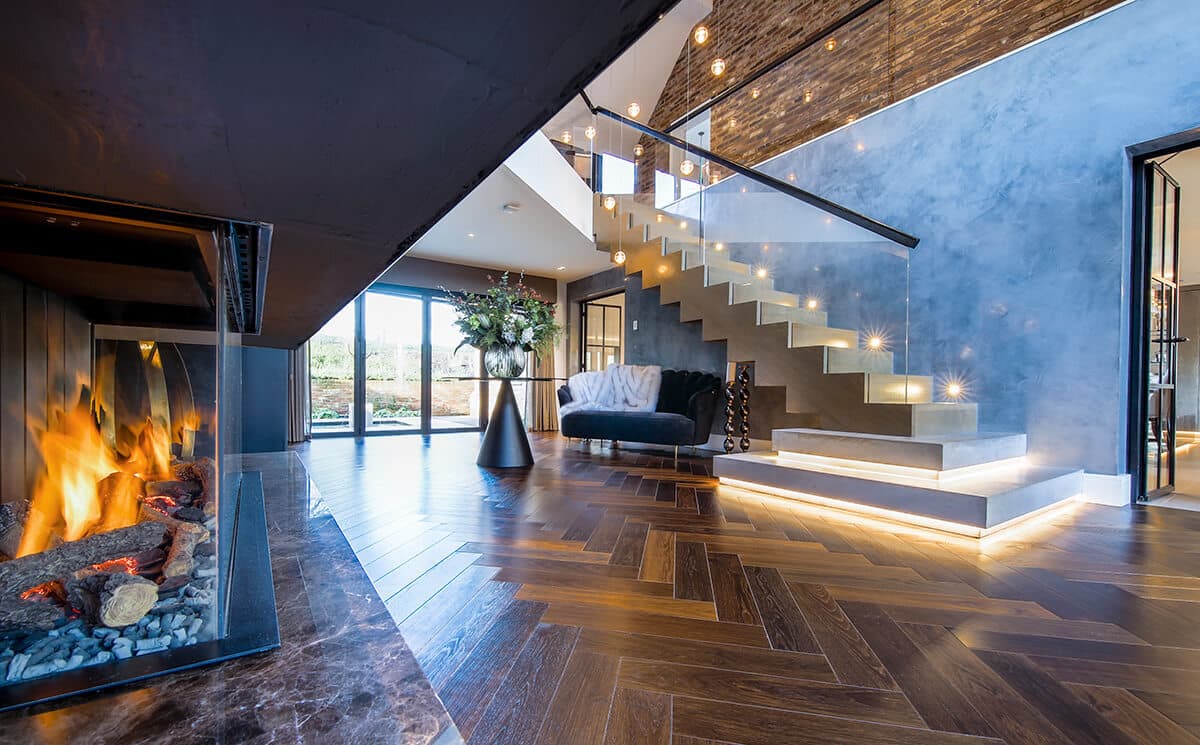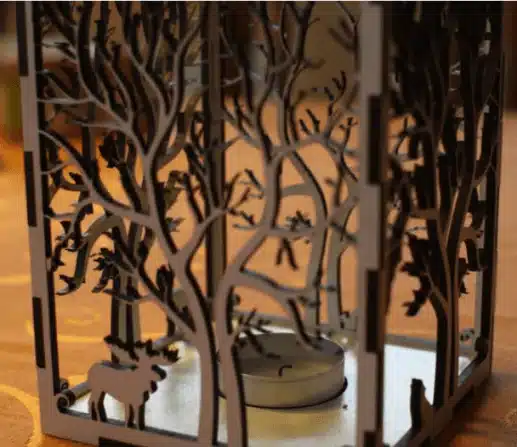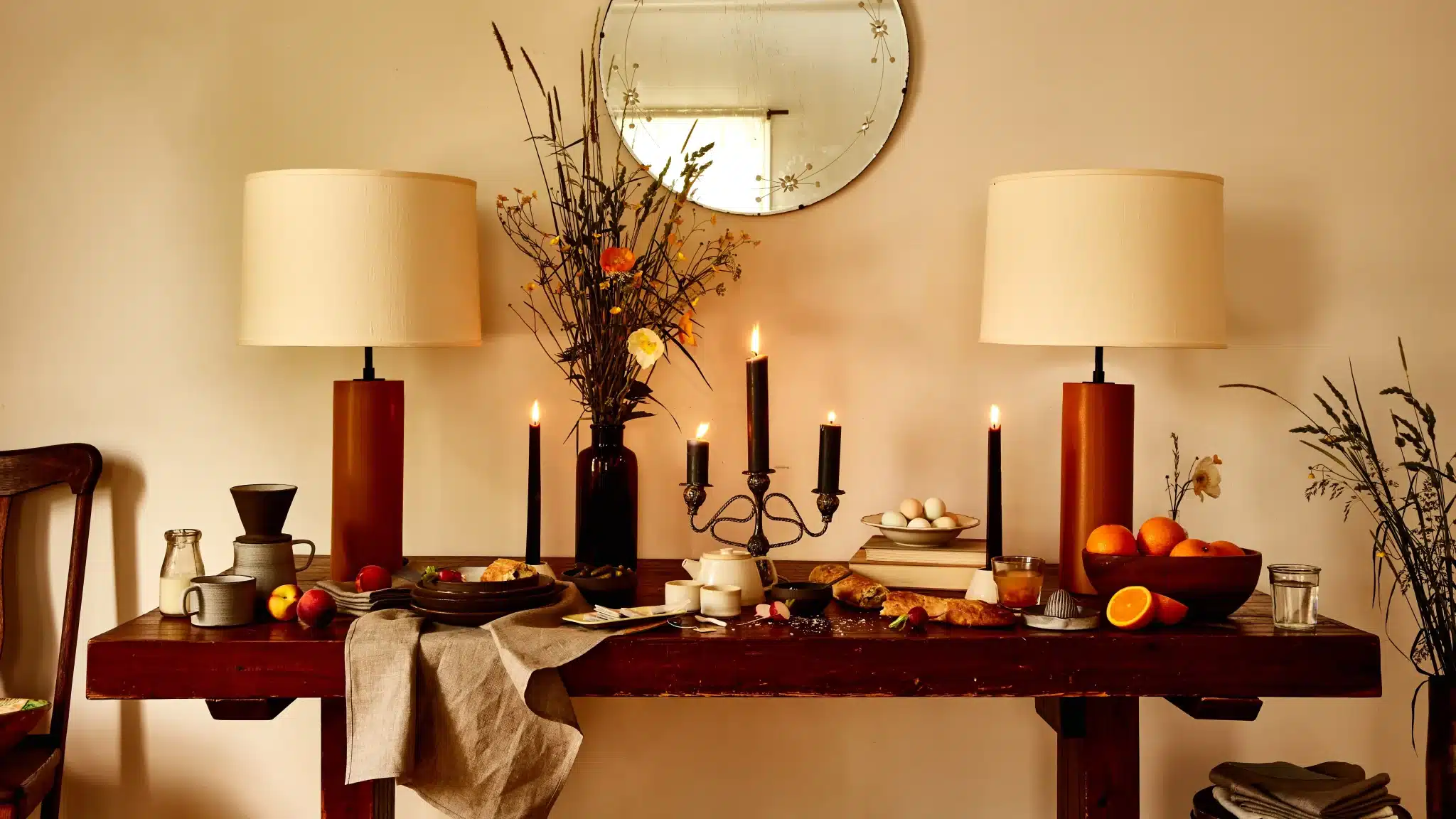A Guide to Whitewashing Brick Fireplaces in Easy Steps
Fireplaces are an aesthetic addition to the house. Not only do they make the living room warm, but they also make the place visually attractive.
They have the power to change the entire look of the house, and if maintained properly, they can become the center of attraction of the house.
There are 2 basic types of fireplace masonry and prefabricated fireplaces.
To make your fireplace unique, you can design your fireplace. If you want to make the existing fireplaces look more attractive, you can recreate them. The brick fireplace can either be painted, whitewashed, or limewashed.
If you are looking for a stylish way to upgrade your brick fireplace that can be completed within a day, then whitewashing the brick fireplace would be a good idea.
What is Whitewash?
The whitewash of the brick fireplace involves applying a translucent white coat to the bricks. It involves the application of a mixture of paint, water, and salt. In whitewash, the natural texture of the brick is not entirely covered, and you can see a tint of the red color of the bricks after whitewashing.
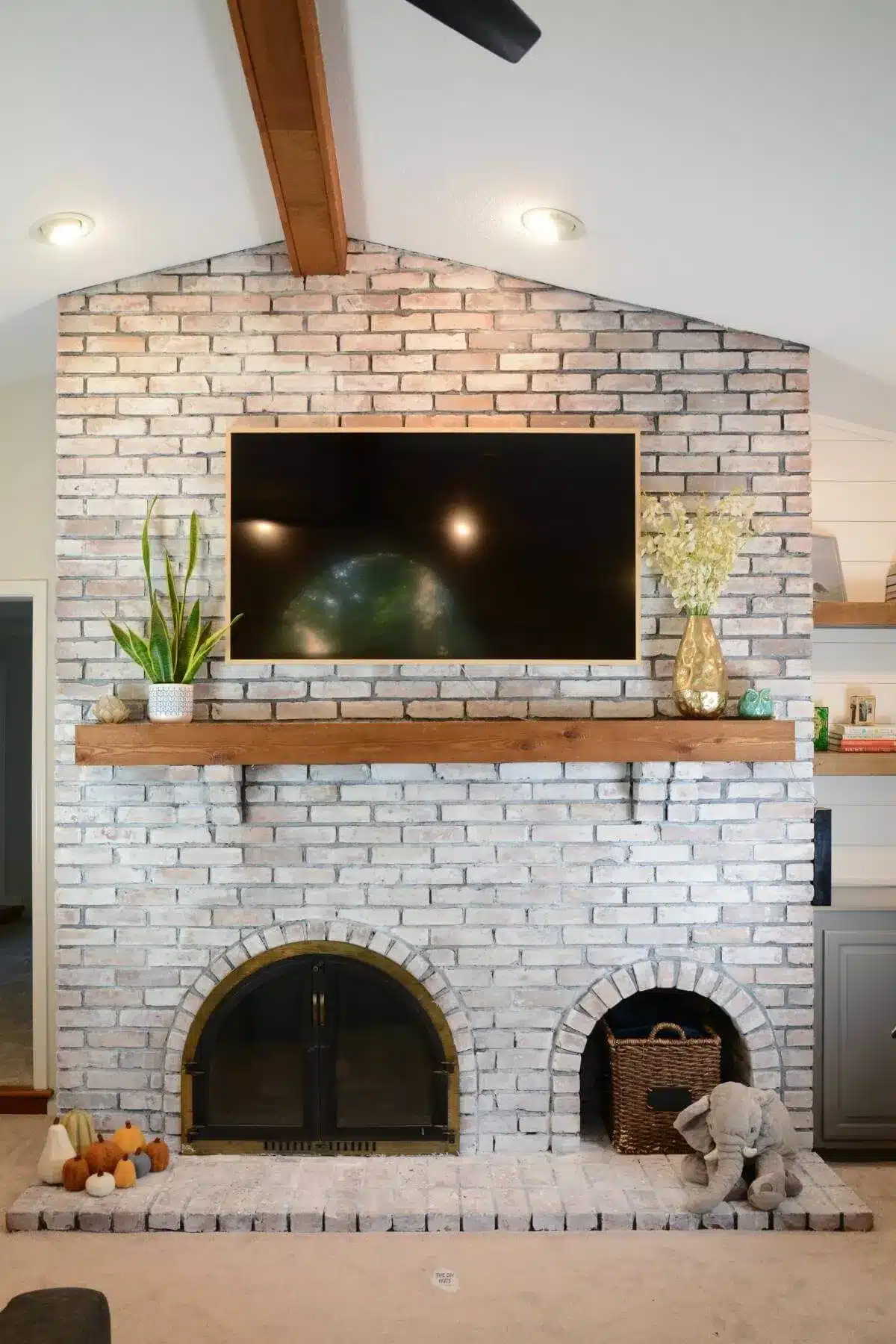
The final look of the whitewashed brick fireplace depends on the amount of water added to the mixture and the coats you have applied to the fireplace. Whitewash has been used for many years as an alternative to expensive paints and also to retain the natural texture of the bricks.
What is the Difference Between Whitewashing and Painting a Fireplace?
In whitewashing, the red texture of the bricks isn’t covered entirely. On the other hand, while painting the bricks, the red color is completely covered using paint. Whitewashing can last for many years, like 30 to 40 years, but you need to paint the bricks frequently so that the look does not get spoiled.
Material Required to Whitewash Brick Fireplace
It is important to know all the materials required to whitewash a brick fireplace so that you can assemble them in advance and carry out the process smoothly. The material includes latex paint, water, pigments (if you want to color the bricks), a bucket (to mix the material), extra cloth, paint brushes, gloves, etc.
[amazon box=”B07FP1TSJ2″]
[amazon box=”B0952X6231″]
How to Whitewash a Brick Fireplace?
The process of whitewashing the brick fireplace can be briefed in the following steps:
1. Cleaning the Bricks
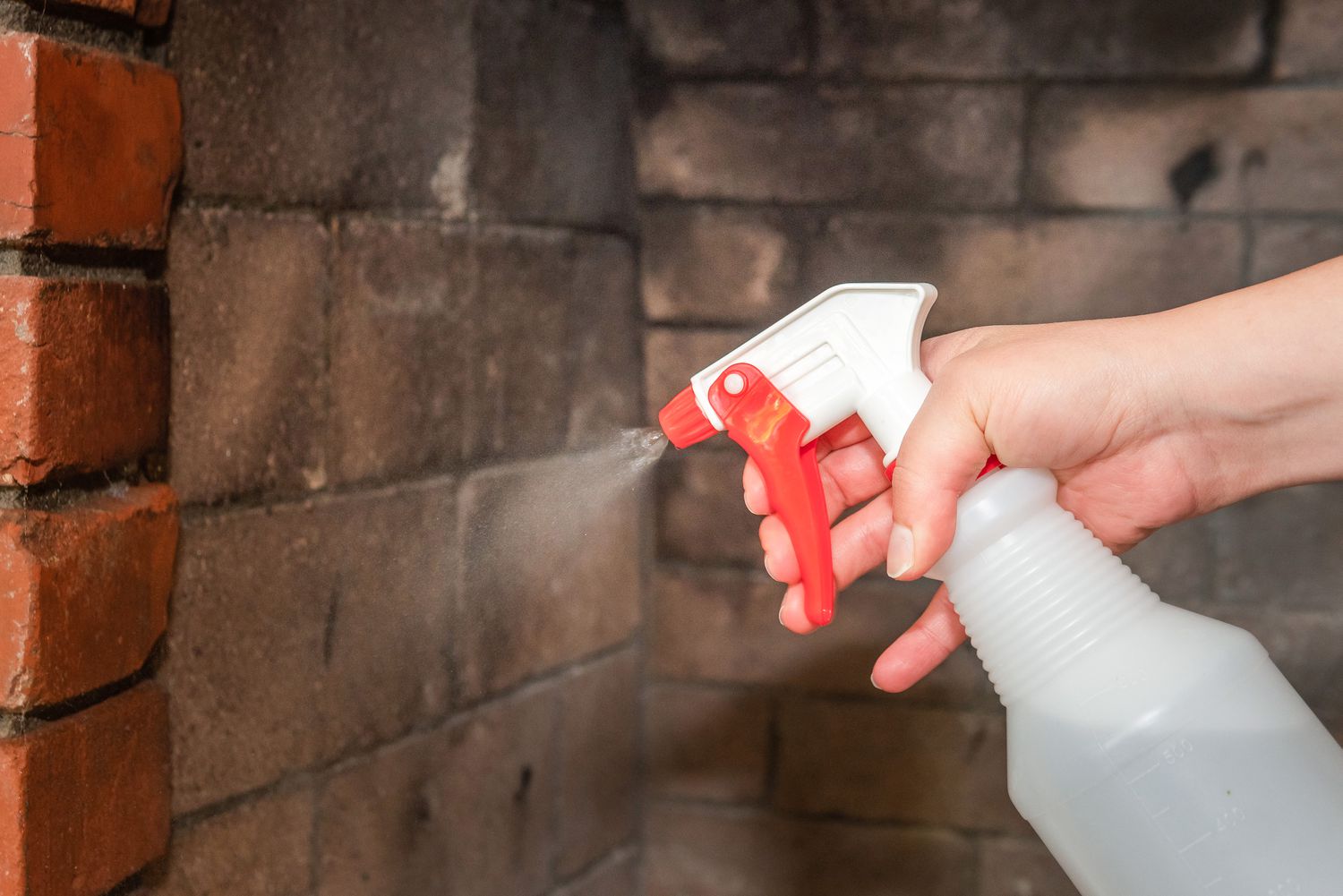
For the whitewash process to be successful, the first step that should be done without fail is cleaning the bricks properly. If the bricks are not cleaned properly, the appearance of the whitewash won’t look good. You can remove dirt, grease, pests, cobwebs, etc., using the appropriate cleanser.
2. Remove the Old Paint
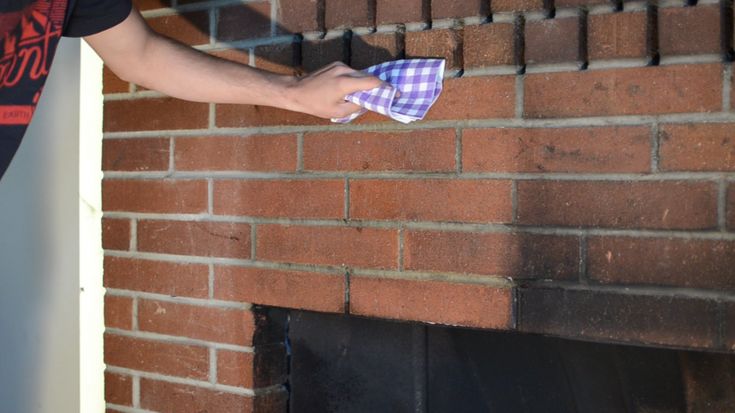
This is also an important step that should be followed before you apply whitewash on the bricks. If the paint is not removed, a seamless look won’t be achieved. If you are whitewashing the brick fireplace for the first time, then this step is not required.
3. Mix the Ingredients In a Proper Proportion
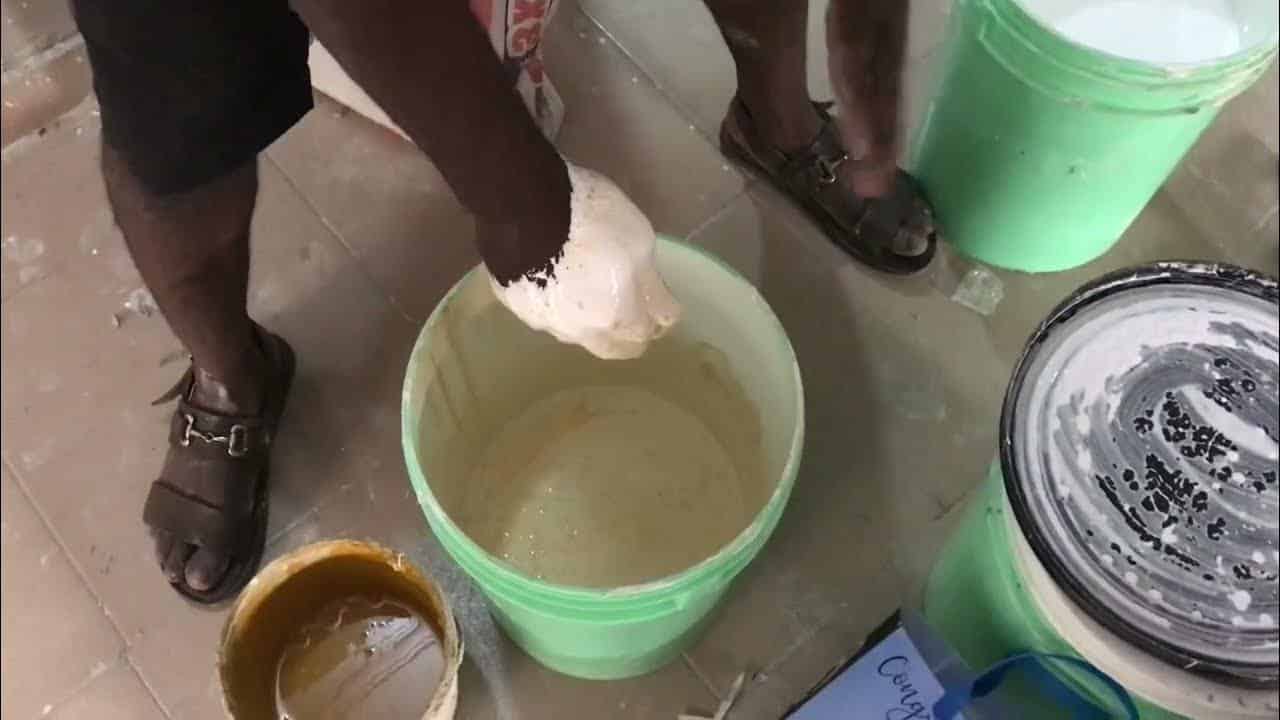
Mix the ingredients in a proper proportion so that you achieve the desired consistency. You can add pigments to the mixture if you want to get a colored whitewash. This proportion should be kept as one ratio of 1:1 because bricks have the tendency to soak water. So if the water content is enough, a fine look will not be achieved after the whitewashing has dried.
4. Take the Brushes and Get Started!
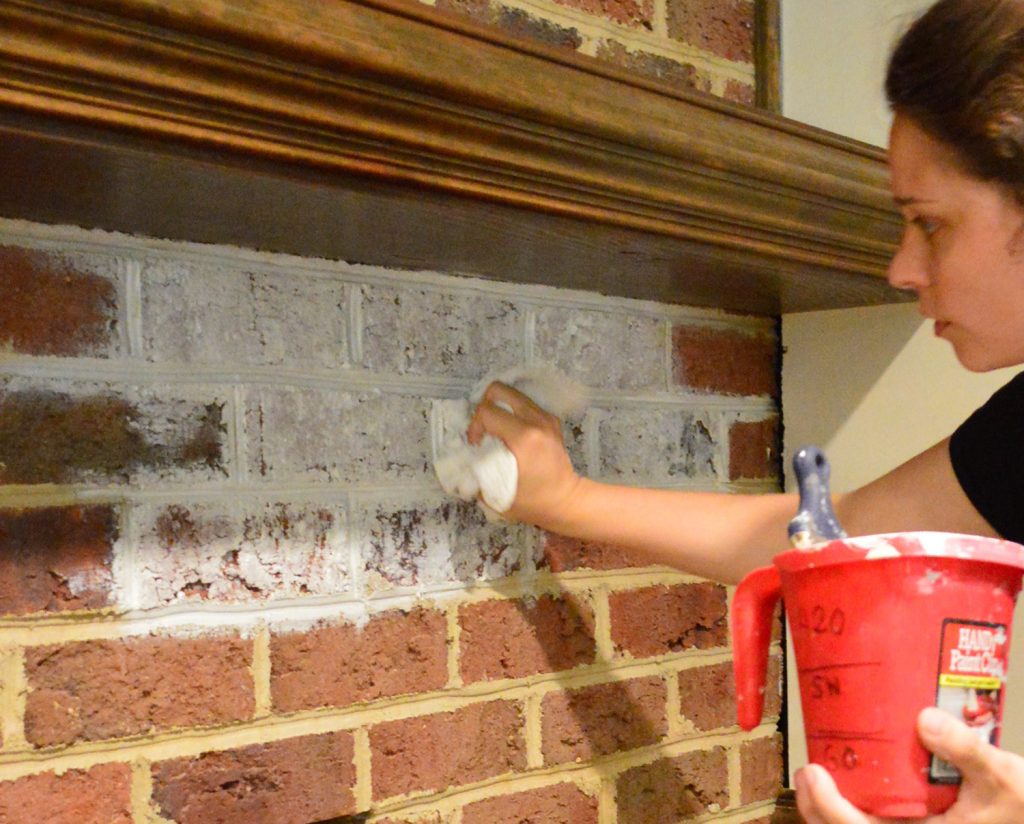
Now you are all set to whitewash your brick fireplace. You can apply the coats according to the final look you want to achieve. But before you go for the final whitewashing, perform a patch test, i.e., whitewash some parts of the fireplace. If you are satisfied with the look, then only paint the whole fireplace. Else make the necessary changes until you are satisfied with the appearance.
Precautions
For the successful completion of the project, it is important to follow the below-mentioned precautions.
- While whitewashing the bricks, always ensure that you whitewash a brick fireplace from top to bottom. If you begin from bottom to top, then as you will ascend upwards, the paint will fall on the bricks below, wasting your time and efforts.
- Always keep a cloth or newspaper on the floor to prevent the floor from getting spoiled while carrying out the procedure.
- You need to be careful with the amount of water you use in the mixture. While more water will make it difficult for the paints to sit on the wall, lesser water will make it inconsistent.
- If you are planning to apply more than one coat, then before you proceed to the next coat, ensure the previous coat has been dried properly.
- Don’t forget to wear protective equipment like gloves and goggles, as paint can cause irritation in the skin and eyes. If you anyhow come in contact with the paint, then wash your eyes or skin with cold water quickly.
- Do not be harsh with the bricks while cleaning their bricks. This can be harmful. Start with the mildest option to clean the bricks. If you do not see any improvements, then opt for the stronger ones.
- Whitewashing can only be done using water-based paint. An oil-based paint won’t mix with water. So before you purchase the paint, make sure that it is water-based paint, i.e., latex paint.
Advantages of Whitewashing the Bricks
Whitewashing brick fireplaces has numerous advantages, which are summarised in the following points:
1. Smoother Appearance
Once the bricks are whitewashed, they have a smooth finish in comparison to when left unwhitewashed. It also instantly brightens up the fireplace.
2. Low Maintenance
The whitewashing of a brick fireplace requires less maintenance in comparison to other treatments like painting. Once whitewashed, bricks can retain the same look for many years.
3. It is an Easy Process
The whitewash process does not require supervision and can be completed without the help of experts, so it is an easy process whe compared to the limewash of brick fireplaces. You can carry out yourself or with the help of your family members within a few hours.
4. Availability of Color Options
Although with whitewash, white paint comes into one’s mind. But whitewash involves the use of paints; therefore, you have many color options while painting the fireplace.
5. You Can Also Whitewash the Painted Bricks
Unlike the lime washing process, whitewashing can also be done on the painted fireplace bricks. So if you are bored with your painted brick fireplace, you can opt for whitewashing.
6. Inexpensive
Since this process doesn’t involve any heavy process or supervision and can be done easily, therefore it is an expensive way of upgrading the bricks. So people looking for a budget-friendly alternative can consider whitewashing.
7. Enhances the Safety of Bricks
Whitewash protects the brick fireplace from moisture and pests attack. Therefore it also enhances the safety of bricks. Thus, we can say that not only does the whitewash help to increase the beauty of the bricks, but it also increases the lifespan of the fireplace.
Disadvantages of Whitewashing Brick Fireplaces
Now, as you are familiar with the advantages of whitewashing the brick fireplace, it is equally important to know the disadvantages as well so that you do not end up making a wrong decision for your house. Therefore here are a few disadvantages of whitewashing that you should know before you opt for whitewashing your fireplace.
1. Whitewashing is Permanent
For some people, it may sound like an advantage, but for people who like to experiment with new things and always come up with new ways to renovate or upgrade their house, this might sound like a disadvantage.
Once you whitewash the bricks, there is no method to go back. All you can do is either re-whitewash it with some different color or paint the bricks.
2. It Won’t Give a Very Bright Look to The Fireplace
If you are looking for an option that will completely brighten up the fireplace, then whitewashing is not a suitable option for you. Whitewashing does not have a very bright appearance; it is just meant to add a translucent layer to the fireplace.
3. Whitewashing Brick Fireplace Can Be Messy
Since a lot of water is involved in whitewashing the fireplace, it looks messy. To prevent your floors and the surroundings from getting stains, you should cover them. This process can be tiring if you have a lot of space to cover.
4. Moisture Can Be Dangerous
If the moisture is unable to escape, then problems like dampness will occur. This will harm the strength of the bricks; therefore, you should ensure that water does not remain on the fireplaces.
Conclusion
Brick fireplaces have a vintage look and add a cozy look to the house. But your work is not finished by building the fireplace in your house. It needs other treatments also to get the final look.
It’s your wish whether you want to keep the brick fireplace unpainted or use methods like lime washing, whitewashing, and painting to upgrade its look.
Whitewashing is an easy way to brighten your maintaining brick’s natural texture at the same time. It has several advantages and can be done easily without any expert supervision. The final look of the whitewashed brick fireplace will leave you amazed.
Safety is equally important, so when you are carrying out the process, you should follow the necessary precautions so that you don’t hurt yourself. So wear protective equipment in your journey of whitewashing the brick fireplace and giving a new outlook to your house.

